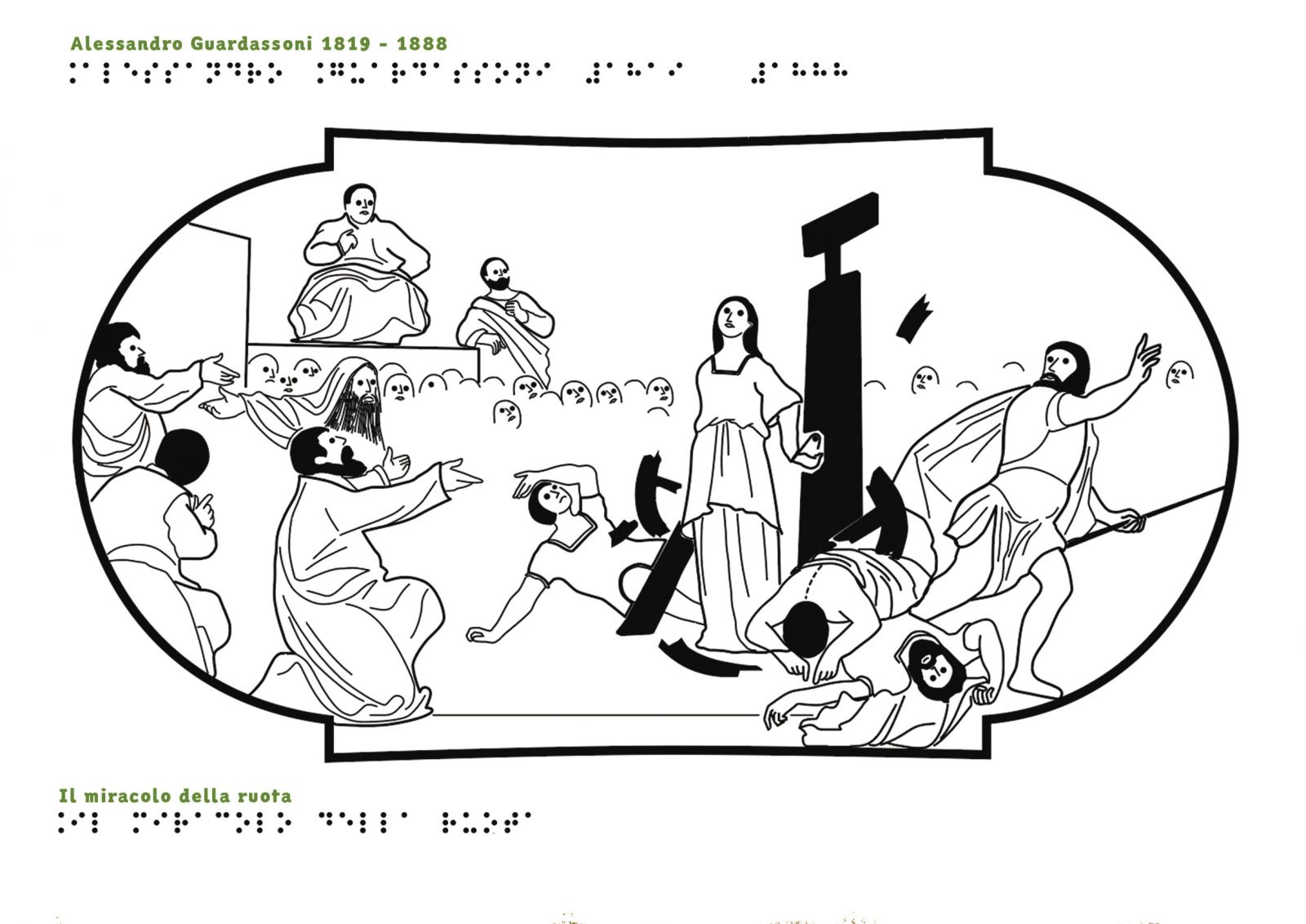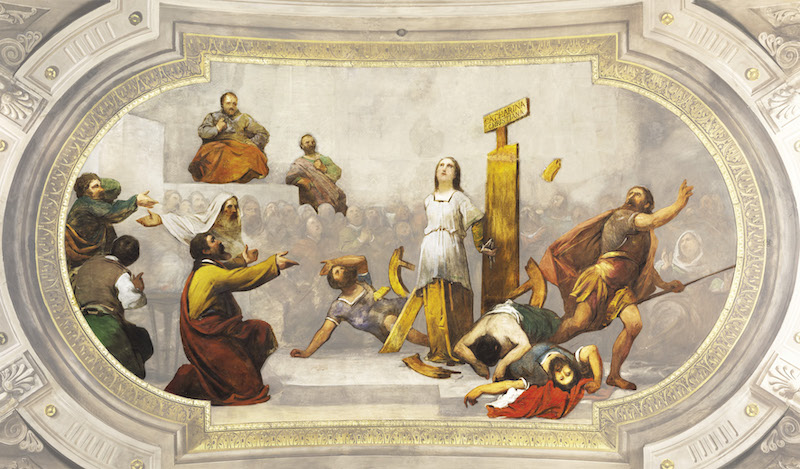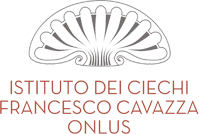On the occasion of the bicentenary of the birth of Bolognese painter Alessandro Guardassoni (1819-1888), the Cultural Heritage Institute of the Emilia-Romagna Region, the Bologna Museums Institute | Musei Civici d’Arte Antica, the Gualandi Foundation for the Deaf and the Diocese of Bologna have created a widespread itinerary in the metropolitan city to showcase the artist’s works – from September 14, 2019 to January 19, 2020. From historical-romantic naturalism to a purist twist to the development of a devotional language, this made him the most important ecclesiastical painter of Bologna in the nineteenth century. After an initial training in Bologna, Guardassoni studied and travelled abroad and, from 1856, he began to participate successfully in academic exhibitions, even at the international level, proposing paintings of historical-romantic biblical-sacred subjects inspired by literature.

From 1859, he began to study optics and to use stereoscopy to fix in a photographic image the effect of the real to be rendered in paintings, acquiring a considerable experience with the efficaciousness of the effects of light and three-dimensionality. Guardassoni had been a close friend of Don Giuseppe Gualandi, founder of the institute of the same name dedicated since 1849 to persons with hearing disabilities. For this reason, upon his passing, he bequeathed most of his works to the institute, now called the Gualandi Foundation for the Deaf. The exhibition at the Municipal Art Collections proposes works by Guardassoni presented in official exhibitions and created for important commissions, which narrate the evolution of his style, making it possible to compare it with other painters active in those years in Bologna and re-proposing the cultural atmosphere through 40 paintings.

At the same time, the Gualandi Foundation is exhibiting 60 preparatory drawings and sketches of paintings made in Bologna's churches. Thanks to a collaboration with the Institute for the Blind Francesco Cavazza's Tolomeo Museum, there is in one of the halls a tactile reproduction of the preparatory sketches of the work The Miracle of the Wheel, whose original is still today in the Church of Saint Catherine of Alexandria Virgin and Martyr, called "of Zaragoza" because of the name of the street on which it is located.




.png)